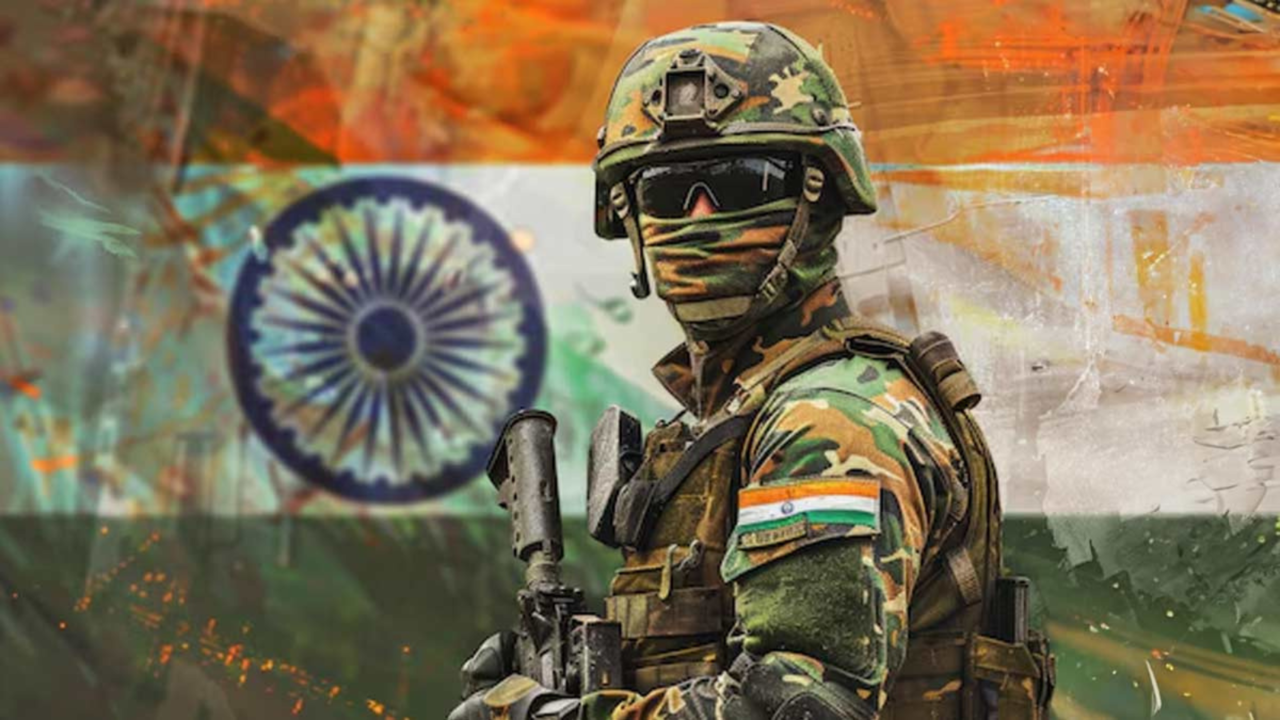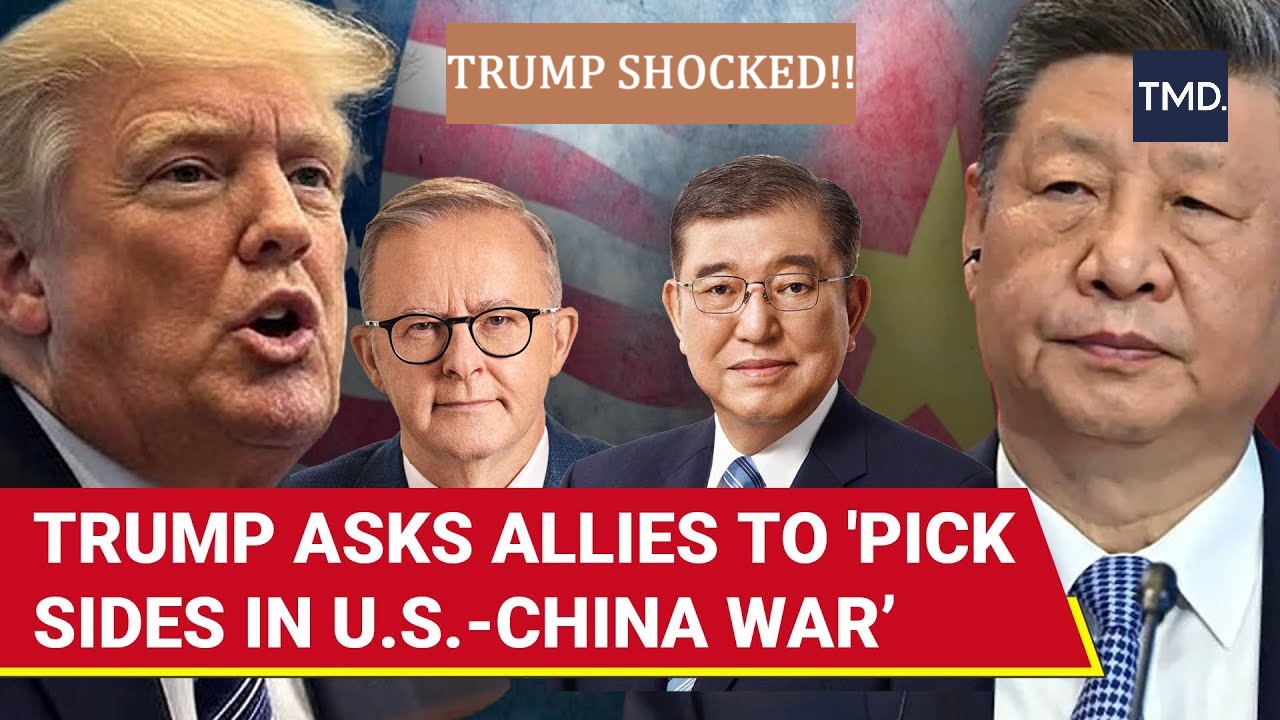Explore 7 revealing insights into how Taiwan conflict allies are responding to rising tensions in East Asia. From military readiness to diplomatic silence, here’s what’s happening behind the scenes.
1. Allies Under Pressure: 40,000 Troops Mobilised for Major Joint Drill for Taiwan Conflict
In one of the largest joint exercises of its kind, over 40,000 troops from 19 allied nations assembled in Australia earlier this year. These drills, designed to simulate a high-end conflict scenario involving the Taiwan Strait, were not just about posturing—they were a response to very real geopolitical signals.

The exercises showcased amphibious landings, anti-submarine warfare, air defence coordination, and integrated cyber warfare simulations. This level of operational synergy is rare, suggesting that, at least militarily, there is a growing sense of urgency among allies.
However, there’s a crucial distinction between training and real-world commitment. While countries are willing to exercise together, there’s a marked hesitancy to explicitly commit to a future conflict, especially one as volatile as a potential war with China.
2. American Public Support: Nearly 80% Favour Military Action
Public opinion in the U.S. has become one of the few constants in an otherwise shifting international puzzle. A recent national poll revealed that approximately 80% of Americans support military intervention if China launches an attack on Taiwan.
This overwhelming support cuts across partisan divides. For a population often weary of foreign wars, such a stance indicates how seriously Americans view the Taiwan issue, not only as a matter of regional stability but also as a broader test of democratic resilience.
But public opinion, while powerful, doesn’t always align with geopolitical feasibility. It’s one thing for Americans to support action in theory. It’s another for U.S. allies to follow through in practice, especially if their own economic and political interests are at stake.
3. Australia: Economic Dependence vs. Strategic Commitment
Australia’s position is one of careful balancing. On one hand, it is a member of the Quad and a trusted U.S. security partner. On the other hand, it relies heavily on China for trade. Nearly one-third of Australia’s exports are directed to China, and the relationship has deepened further through strategic minerals, education, and agricultural trade.
This economic dependency has naturally led to cautious diplomacy. Australia has sent clear signals that while it values its partnership with the U.S., it may not be willing to jeopardise its economic future for a war it didn’t start—and one whose outcome is deeply uncertain.
Delays and ambiguities surrounding the AUKUS nuclear submarine deal have only complicated the picture. From Canberra’s perspective, if the U.S. and the UK are hesitant to fast-track critical military hardware, why should Australia be expected to rush into a war footing?
Behind closed doors, officials in Canberra are also reckoning with the cost of military escalation. Unlike the U.S., which can fight a war oceans away, Australia’s proximity to China places it directly in the potential strike zone. Any decision to engage in a Taiwan conflict would have immediate and potentially severe repercussions for Australia soil.
4. Japan: Legal Constraints and Strategic Silence
Japan’s silence on the Taiwan conflict is not a sign of indifference—it’s a reflection of deep internal conflict. As the only Asian nation to have suffered the direct consequences of war on its homeland in the 20th century, Japan’s pacifist constitution has shaped its modern identity.
But the security environment has changed drastically. North Korea’s missile launches, China’s growing military assertiveness, and Russia’s invasion of Ukraine have all contributed to a major shift in public perception. The Japanese public now sees the possibility of conflict not as a hypothetical but as a looming threat.
Even so, Tokyo’s options remain constrained. Amending Article 9 of the Constitution to permit full military participation is politically delicate and unlikely to happen overnight. Japan has ramped up its defence spending and increased intelligence-sharing with the U.S., but whether that translates into battlefield support for Taiwan remains to be seen.
Privately, U.S. officials are growing frustrated. From Washington’s point of view, Japan’s hesitation sends mixed signals at a time when clarity is critical.
5. China Benefits from Allied Uncertainty
Strategically, Beijing has every reason to welcome uncertainty among U.S. allies. The more divided the opposition appears, the less deterrence China faces. And Chinese leadership knows this.
For China, Taiwan is not merely a geopolitical issue—it’s a matter of national sovereignty. Chinese state media often portrays any foreign military presence near Taiwan as imperial overreach. Thus, when allies hesitate to declare their intentions, it strengthens China’s internal narrative and weakens the global coalition’s credibility.
Moreover, China has been advancing a more subtle campaign—economic seduction mixed with military intimidation. Through Belt and Road investments and high-level trade ties, it has slowly chipped away at the collective resolve of several Indo-Pacific countries. The longer this hesitation continues, the greater the risk that Beijing may calculate it can take Taiwan with limited resistance.
6. India’s Calculated Distance from the Taiwan Front
India’s role in the Taiwan equation is particularly complex. While it shares strategic concerns with the U.S. over China’s rise, it has always maintained a fiercely independent foreign policy. India’s defence posture is shaped by two long-standing conflicts: Pakistan to the west and China to the north.

The South China Sea, and by extension Taiwan, has never been a primary area of interest for New Delhi. Add to this the U.S.’s continued military and financial support to Pakistan, and you have a trust deficit that’s hard to ignore.
That said, India is modernising its navy and has participated in Quad-led military drills. The symbolic presence is there, but when push comes to shove, few believe India will send ships to the Taiwan Strait. Strategic autonomy remains India’s guiding principle.
At the domestic level, the Indian public and political establishment are more focused on immediate threats, such as cross-border skirmishes and cyberattacks. Taiwan, while significant on the global stage, does not resonate strongly in Indian political discourse.
7. Taiwan’s Confidence and Dependence on Allied Support
Despite the looming threat, Taiwan has displayed remarkable confidence in its ability to resist aggression. Young people in Taiwan have increasingly joined military training programs, and the government has stepped up civil defence initiatives. However, the population also knows that, in the face of overwhelming Chinese military strength, it cannot go it alone.
Most Taiwanese believe the U.S. will intervene in the event of an invasion, but expectations around the involvement of other allies are murky. This growing dependence on foreign support makes Taiwan uniquely vulnerable. Any cracks in the allied response could be devastating, not just militarily, but psychologically.
Taiwanese leaders are acutely aware of the tightrope they walk. They must avoid provoking China while still preparing for the worst. It’s a delicate balance—one that requires clarity, courage, and above all, reliable allies.
A Glimpse of Hope: Military Exercises Fuel Regional Unity
Despite all the complexities, there’s a silver lining. The scale of recent military exercises and increased defence coordination suggests that, when it matters most, many nations do recognise the stakes involved. The shared goal of maintaining a free and open Indo-Pacific continues to unify even the most cautious partners.
These exercises don’t just prepare troops—they send a message. They remind China that a conflict would not be a walkover. More importantly, they give smaller nations the confidence to stand firm, knowing they’re not alone.
India’s Strategic Dilemma: Walking the Diplomatic Tightrope

India’s approach to the Taiwan conflict is marked by calculated caution and diplomatic restraint. As a regional power with a long history of non-alignment, New Delhi has consistently avoided direct entanglement in conflicts beyond its immediate sphere of influence. While India shares democratic values with the U.S. and strategic concerns over China’s expansionism, it has refrained from making explicit statements about its stance on Taiwan.
This silence is not apathy—it’s strategic ambiguity. India understands that overt support for Taiwan could provoke Beijing at a time when border tensions along the Line of Actual Control (LAC) remain volatile. The 2020 Galwan Valley clash still echoes in public memory, and New Delhi knows that opening a second front—ideologically or militarily—could escalate tensions beyond control.
Quad vs. National Interest: India’s Balancing Act
Although India is a member of the Quad alongside the U.S., Japan, and Australia, it treats its involvement with nuanced independence. Participation in naval exercises like the Malabar drills signifies solidarity, but it does not equate to a commitment to defend Taiwan militarily.
For India, the primary battlefield with China lies in the Himalayas, not the Taiwan Strait. Analysts believe that in the event of a Taiwan invasion, India might increase pressure on China along its northern border as a strategic counter, but it’s unlikely to send naval forces eastward unless necessary.
India’s core doctrine—strategic autonomy—ensures it can act in its national interest without being dragged into alliances’ expectations. For New Delhi, this means supporting the idea of a free and open Indo-Pacific without becoming a direct combatant.
A Critical Concern: Uncertainty Weakens Deterrence
But for all the positive signs, the underlying uncertainty among Taiwan conflict allies remains a glaring vulnerability. In geopolitics, perception often becomes reality. If Beijing senses weakness or division, it may be tempted to test the limits of allied resolve.
Ambiguity might be a diplomatic tool, but in a real-world conflict, hesitation can be catastrophic. Without a clear, united front, the very concept of deterrence risks collapsing under the weight of indecision.
What Comes Next?
As tensions rise and elections shift global priorities, the Taiwan question won’t go away. The coming months will likely involve:
Increased U.S. engagement with Japan and Australia behind closed doors.
Expanded Indo-Pacific military exercises with more Taiwan-specific simulations.
A possible update to AUKUS timelines and deliverables.
China continues to probe allied unity through strategic grey-zone tactics.
Rising civil defence preparations within Taiwan include national conscription debates.
Final Takeaway
The Taiwan conflict is more than a flashpoint—it is a test of global alliances, national will, and democratic endurance. U.S. allies are practising for war, but few are ready to say, definitively, that they would fight one.
As the clouds of confrontation gather, the world watches not just what America does, but whether its allies will stand with it when the moment of truth arrives.
To get more updates, Visit: The Morning Draft

